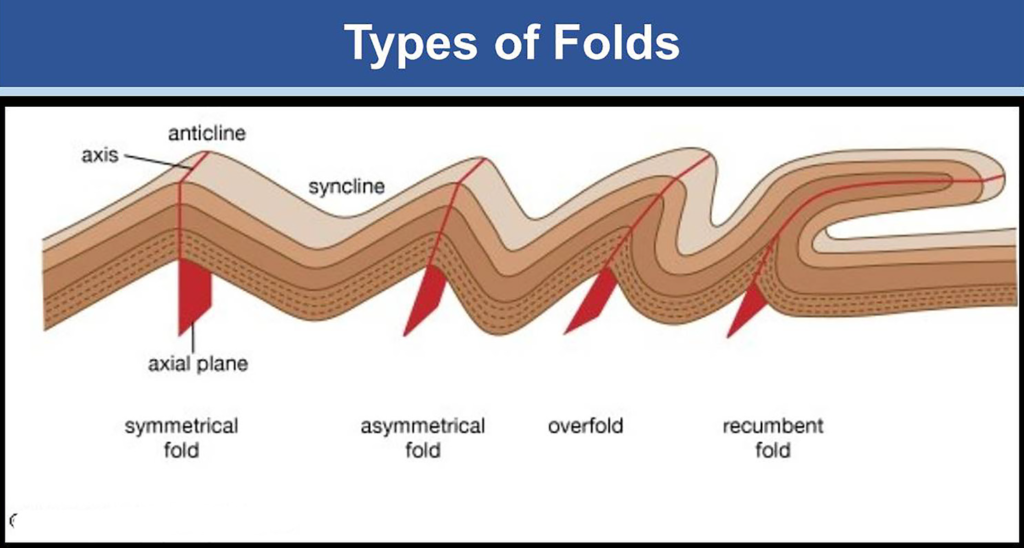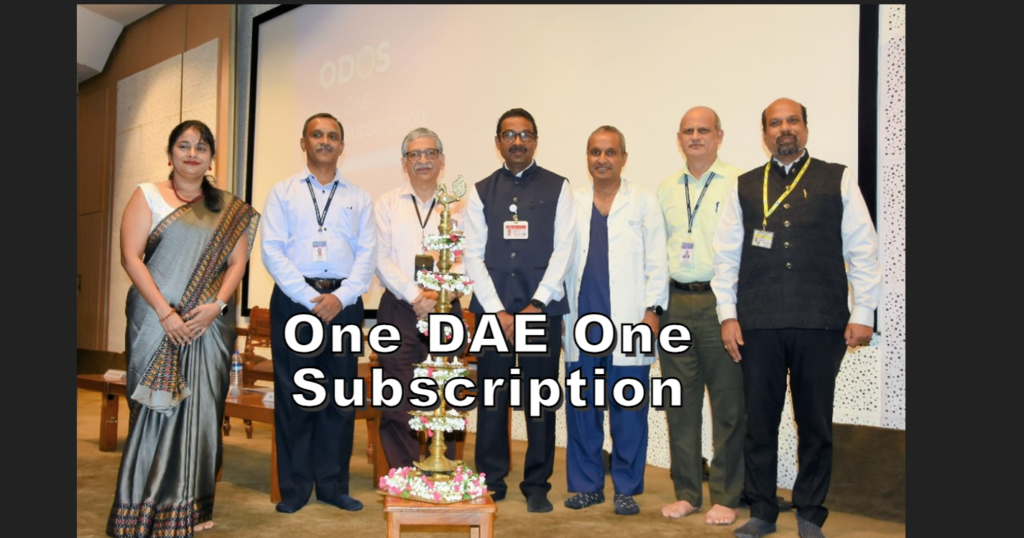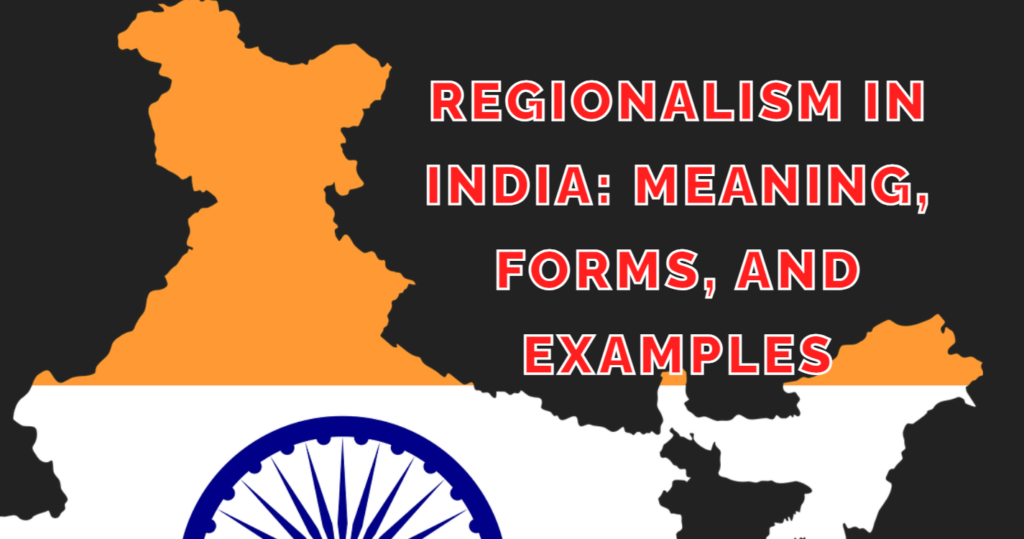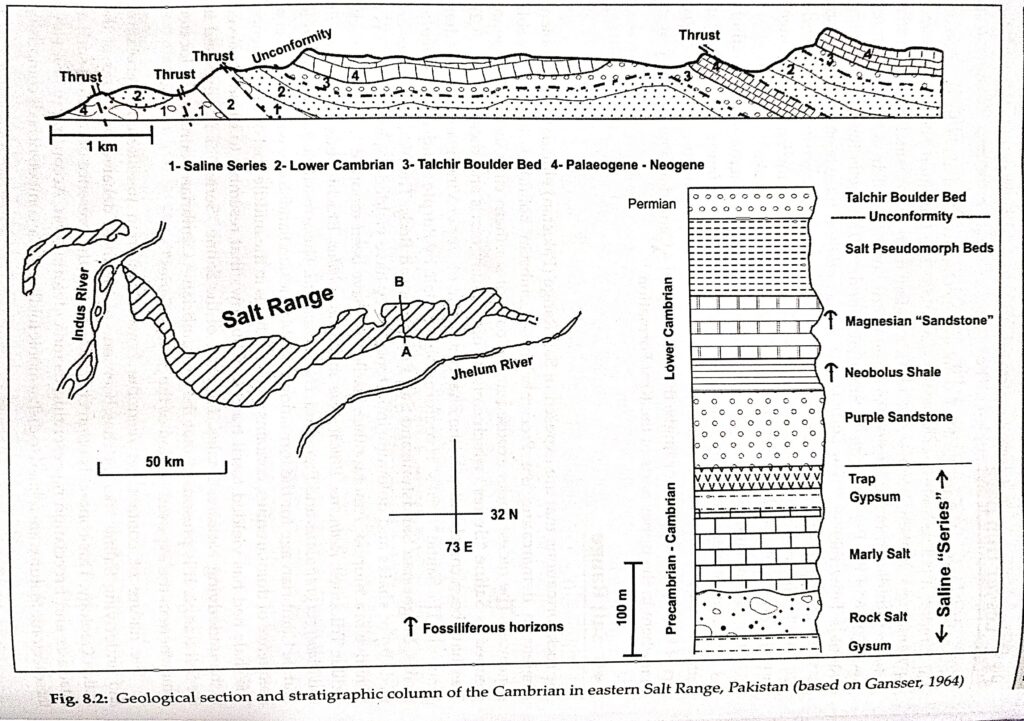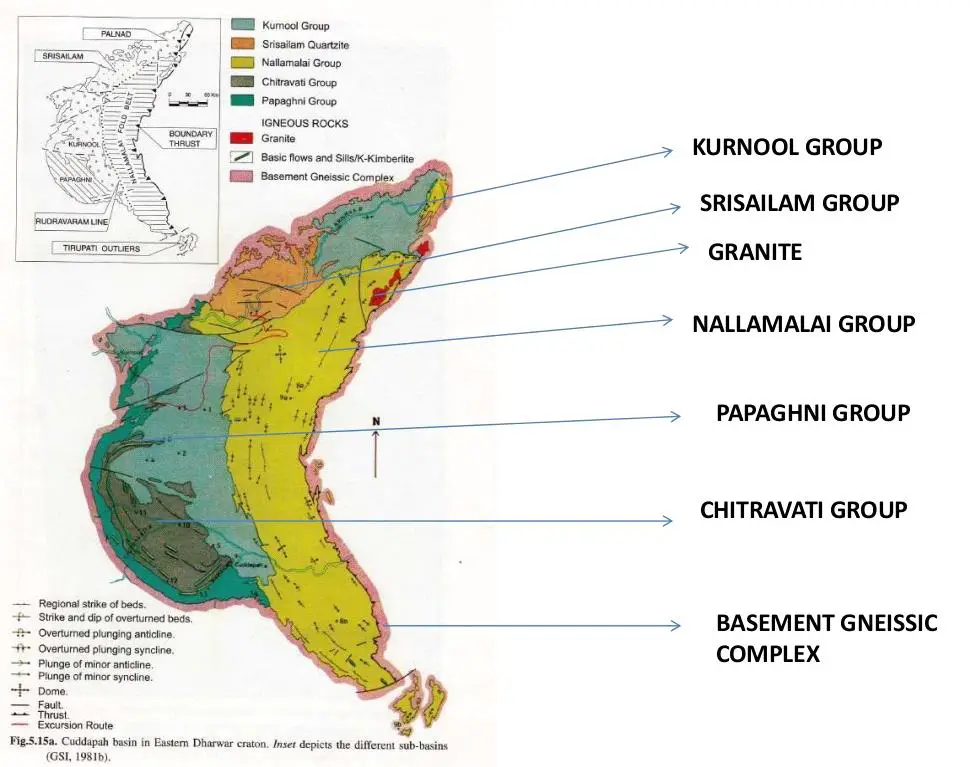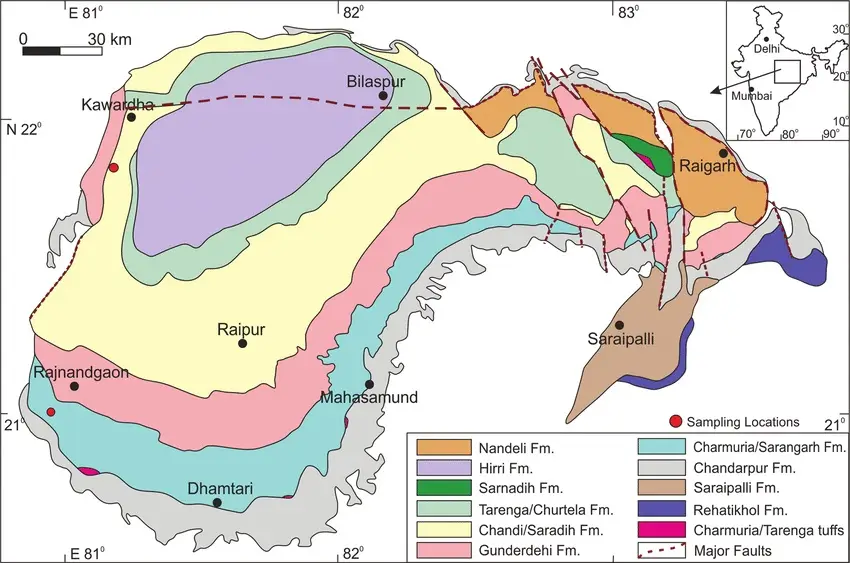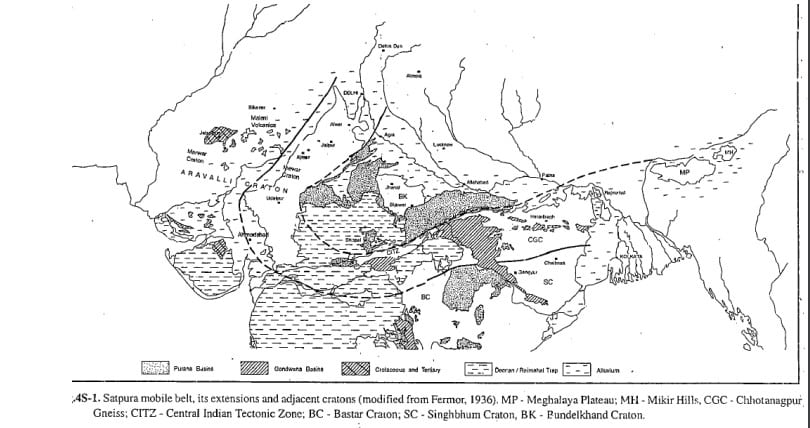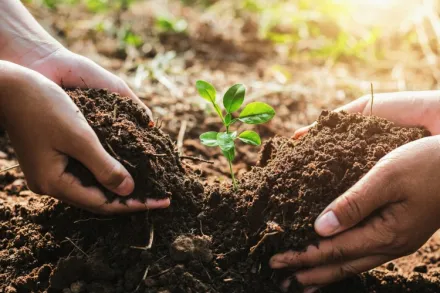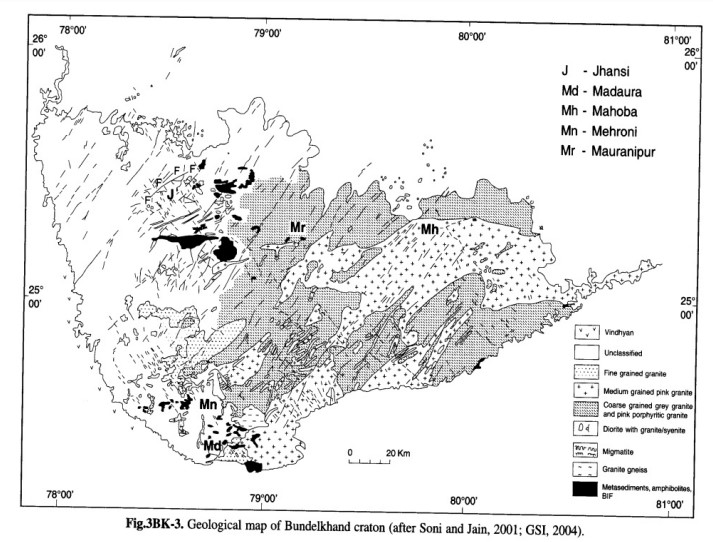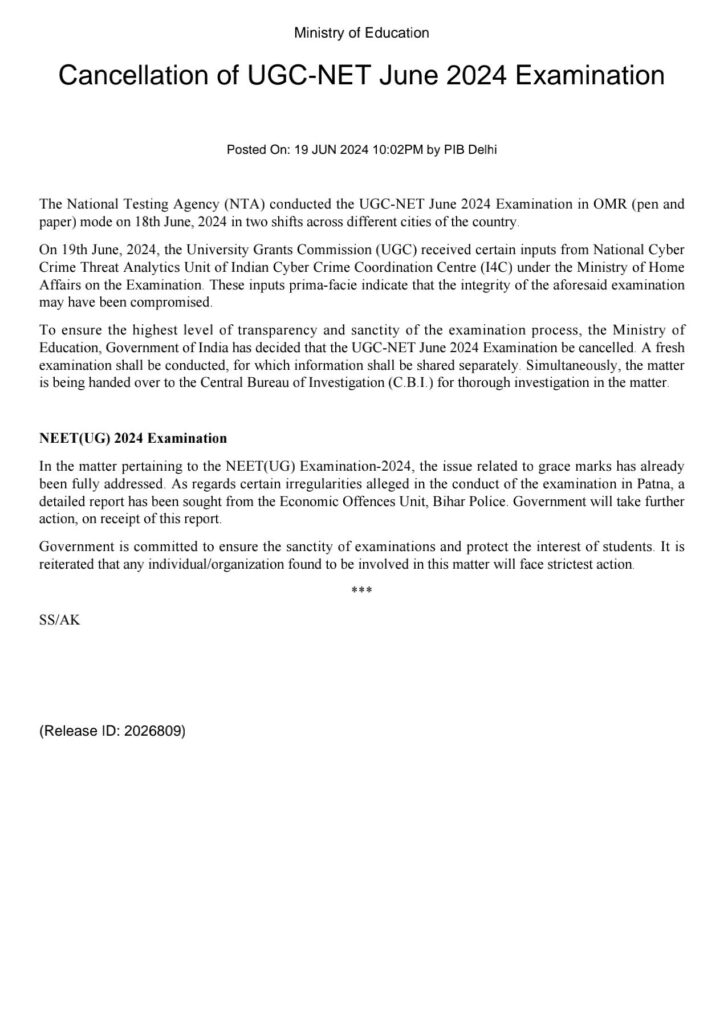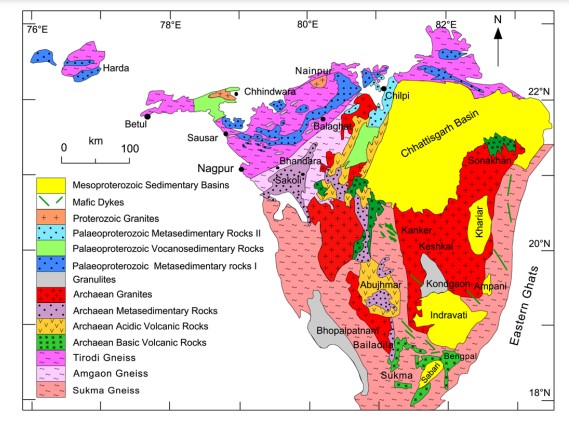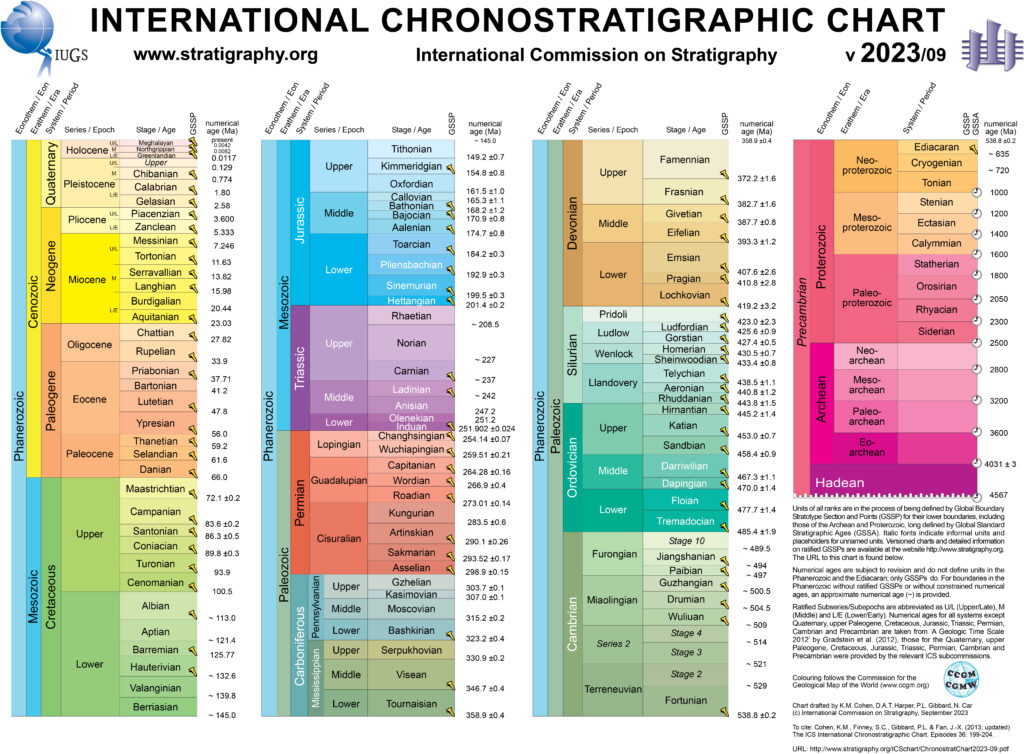Isotope Fractionation and Mathematical Approximations Used in Isotope Fractionation
What is Isotope Fractionation? Isotope fractionation is the process by which stable isotopes are separated based on their mass rather than their chemical properties. This natural process occurs in three main ways: 1. Isotopic Exchange Reactions Isotope fractionation can occur during conventional exchange reactions, such as when oxygen isotopes exchange between quartz and magnetite. The […]
Isotope Fractionation and Mathematical Approximations Used in Isotope Fractionation Read More »



